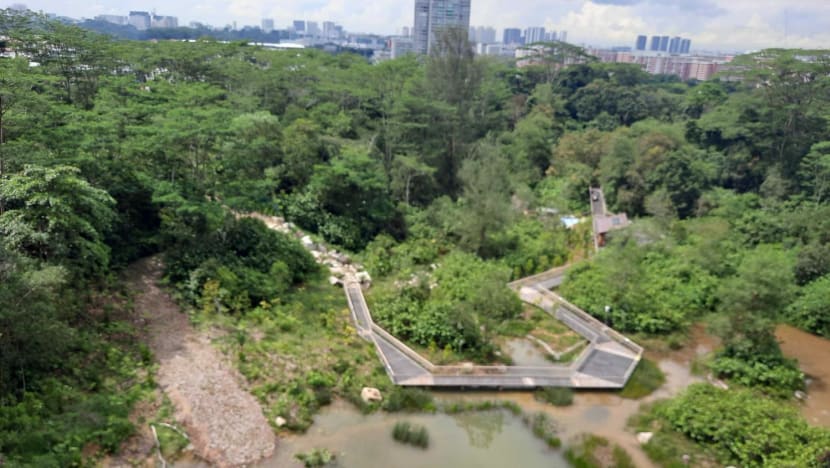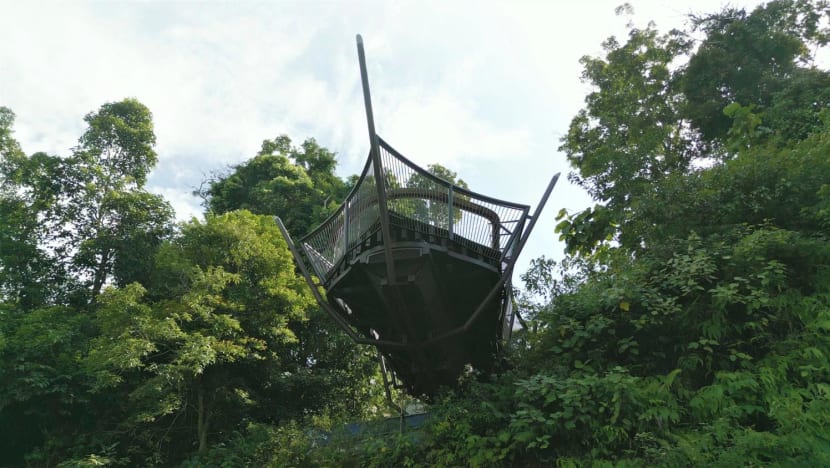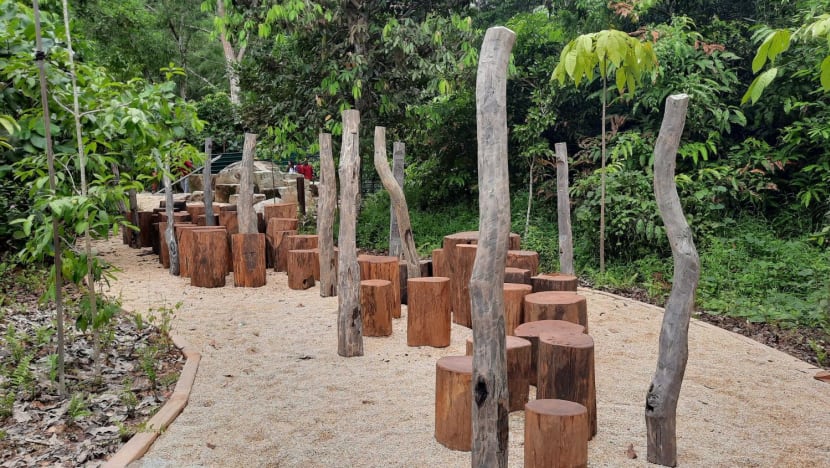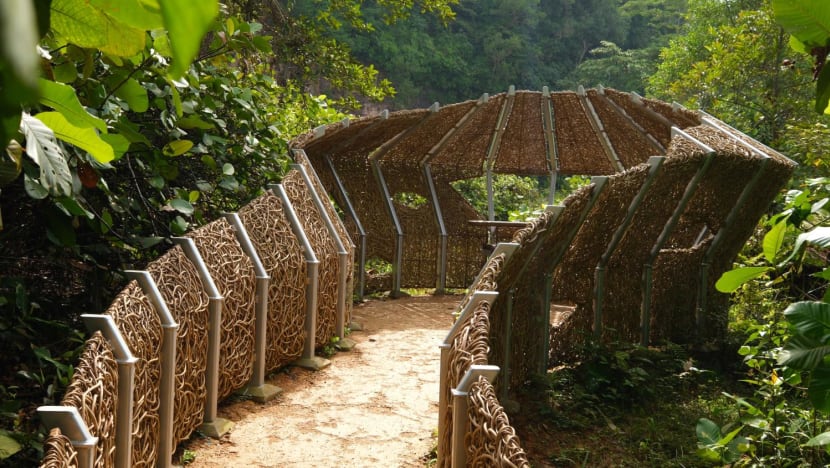Revamped Rifle Range Nature Park opens with 7km trails, 31m lookout point and quarry wetland
Located at the site of the former Sin Seng Quarry, the "green buffer" adds 66ha to the Central Nature Park Network.
SINGAPORE: A revamped Rifle Range Nature Park opened to the public on Saturday (Nov 12), adding 66ha to the sprawling Central Nature Park Network.
Located to the south of Bukit Timah Nature Reserve, the park - which spans an area roughly the size of 123 football fields and contains more than 7km of trails and boardwalks - also occupies the site of the former Sin Seng Quarry.
The quarry ceased operations in 1998 and has since transformed into a freshwater habitat with a boardwalk and a bird hide or shelter for visitors to observe wetland animals.
One of Rifle Range Nature Park's key features is also a vantage deck shaped like a colugo - a gliding mammal - where visitors can have a bird's eye view of surrounding areas, from 31m above the quarry wetland.
The park is home to more than 400 species of flora and more than 300 species of fauna such as the Malayan colugo, Sunda pangolin and leopard cat.
Rifle Range Nature Park is the eighth in the Central Nature Park Network, which also includes Dairy Farm Nature Park, Hindhede Nature Park and Thomson Nature Park. There are now more than 370ha of nature parks within the network, and over 30km of walking trails within the parks.
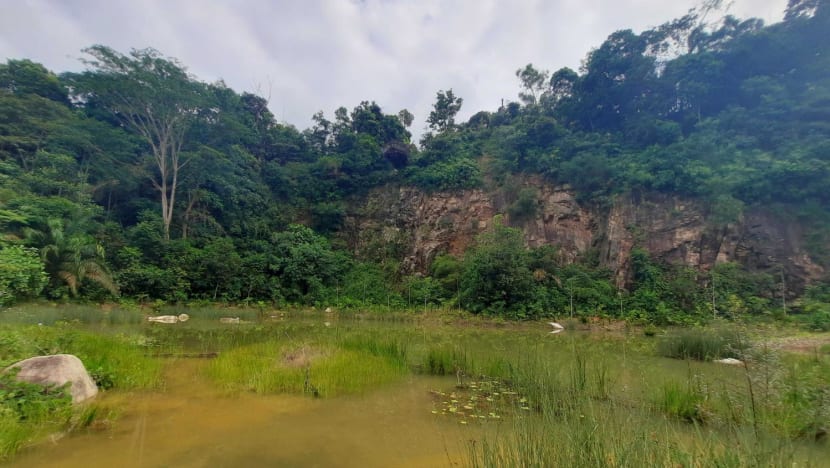
Attending the nature park's opening on Saturday was Deputy Prime Minister Lawrence Wong, who was hosted by National Development Minister Desmond Lee.
"Green spaces like this are an integral part of our city," said Mr Wong, who noted that many residents spent more time in Singapore's nature reserves, parks and park connectors over the past three years.
"Some discovered them for the first time. Others released how precious and special they were, and how we should really be cherishing these places much more. So, it is really not an exaggeration to say that green spaces helped Singaporeans to get through those difficult times of the pandemic."
Mr Wong added that there are plans to develop five more nature parks in the coming years.
"We will find more innovative ways to integrate nature into our city and bring Singaporeans closer to nature, so that every home, no matter where you stay in Singapore, can be within a 10-minute walk of a park," he said.
GREEN BUFFER
Ahead of the opening, National Parks Board (NParks) group director of conservation Lim Liang Jim told media in a briefing that one of the aims of the park was to add green spaces in an organic way that would protect native fauna species.
Nature parks are also a way to reduce footfall on core nature reserves, by redirecting visitor flow.
Rifle Range Nature park serves as a green buffer to protect Bukit Timah Nature Reserve, while enhancing ecological connectivity and providing complementary habitats for the nature reserve's biodiversity.
"We have always been taking a science-based approach. (There is) no point putting things into place without a proper scientific foundation," said Mr Lim.
"So the main thing to do is to figure out where our remaining large green spaces are and how they relate to each other and how we can connect them better."
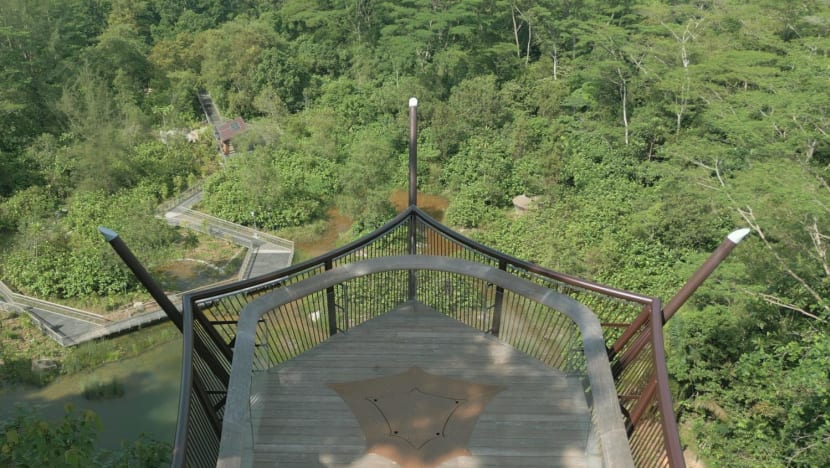
The enhancement of Rifle Range Nature Park was first announced in 2017. A nine-month long biodiversity baseline study was then carried out to identify areas and species of conservation significance. More than 110 camera traps were used in this period to monitor animals in the area.
The result of the study informed the design and planning of work to ensure that changes were implemented sensitively and sustainably, said NParks in a press release.
Native plant species such as fruit-bearing trees and shrubs were planted to assist with forest regeneration. These will in turn attract animals and insects that help with dispersing seeds and pollination.
Apart from the study, an ecological profiling exercise was completed early this year to look at how green space connections can be improved to allow animals to move freely between them, Mr Lim said.
The authorities then installed features to facilitate the safe movement of animals between Bukit Timah Nature Reserve and Rifle Range Nature Park.
These include rope bridges for arboreal or tree-living animals, underground tunnel-like structures beneath Rifle Range Road for small mammals and colugo poles that assist the creatures in their movement.
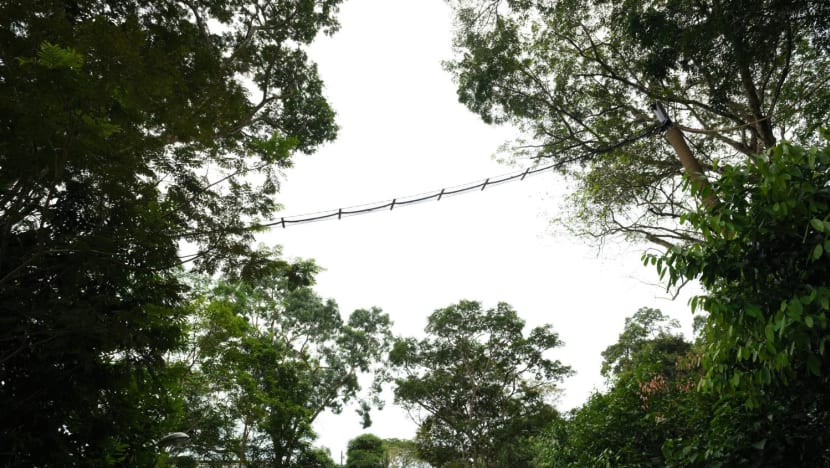

As part of the effort to facilitate wildlife movement, a Roadway Animal Detection System and Advance Warning Signs will be put in place next year to warn motorists of the presence of animals and to drive carefully.
The system uses video analytics to recognise animals when they are near the road, and trigger the Advance Warning Sign. Lights will then flash to signal that animals are around.
The system was piloted at Old Upper Thomson Road in 2019 and had a near 100 per cent accuracy rate in detecting the presence of animals.
Rifle Range Nature Park is also Singapore's first net positive energy nature park. It uses solar panels that can generate around 57 megawatt-hour of electricity a year, powering operations at the park's visitor pavilion and community nursery.
PARK PREVIEW
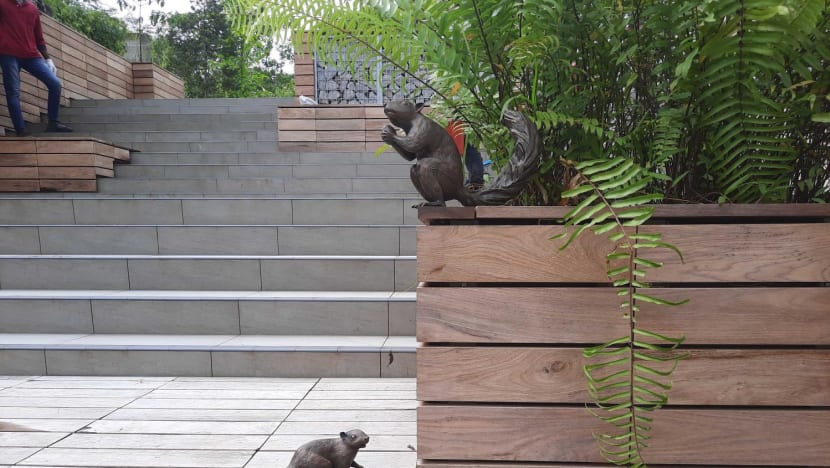

Visitors can access Rifle Range Nature Park from Beauty World Centre and the Rail Corridor.
The park's Rambai Boardwalk connects directly to an overhead bridge leading into the fourth floor of Beauty World Centre and to Beauty World MRT Station.
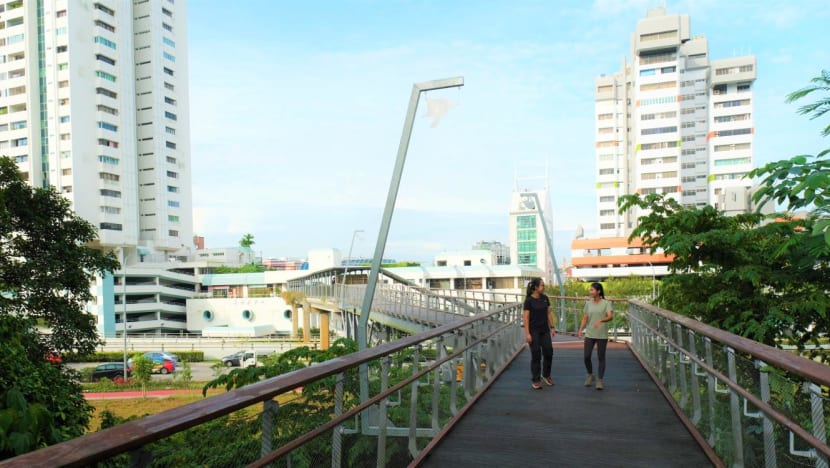
Those using the boardwalk to enter the nature park from Beauty World MRT station can expect to walk more than 465m before reaching the visitor pavilion, where a vehicle drop-off point, toilets and water coolers are located.
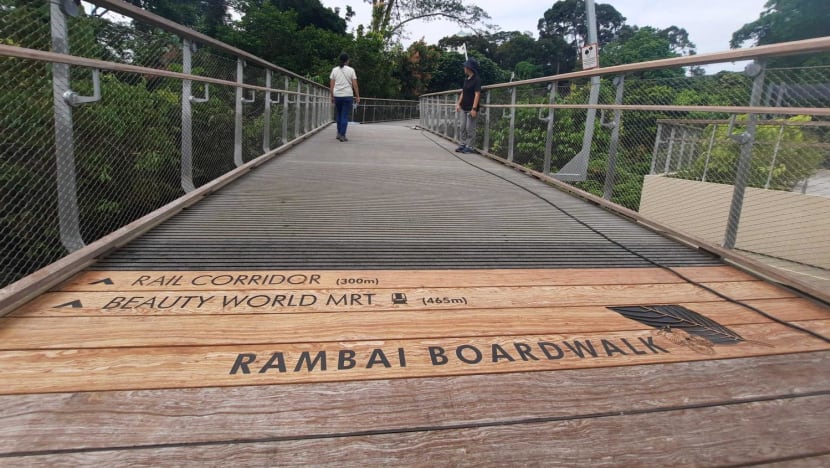
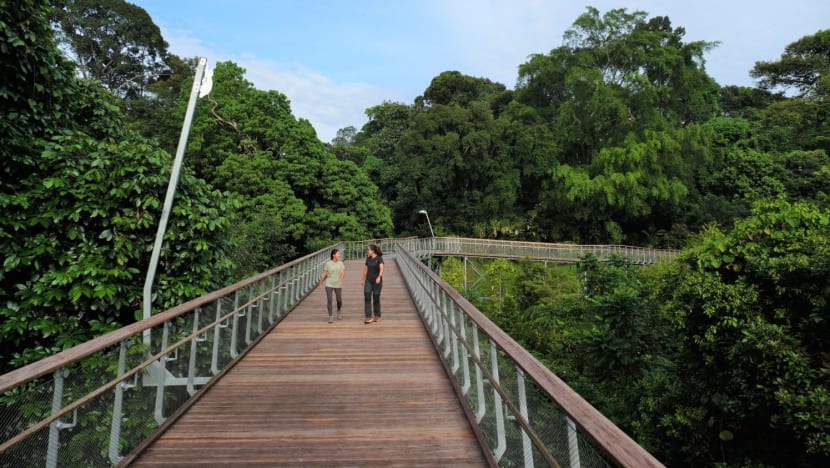
There is also a 700m barrier-free route for wheelchairs or prams, connecting the visitor pavilion to the quarry wetland.
The route includes a Gliders Boardwalk, from which visitors can see the aerial rope bridge which aids animals such as monkeys and squirrels to cross the road.

Rifle Range Nature Park also offers a few nature trails with varying levels of difficulty.
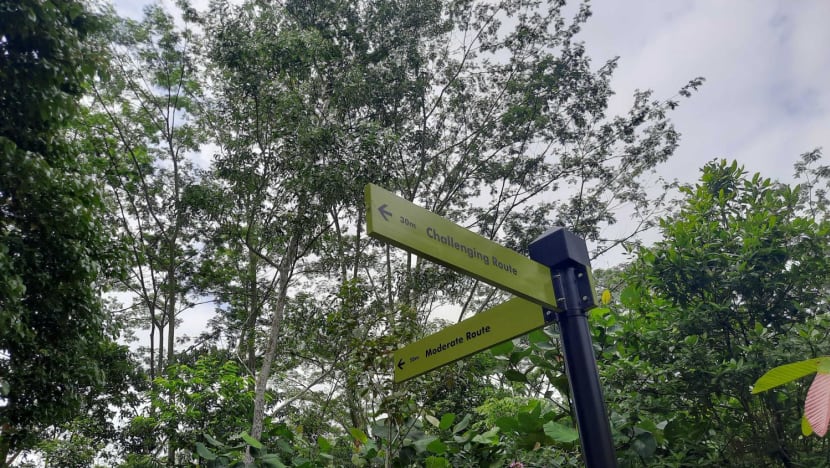
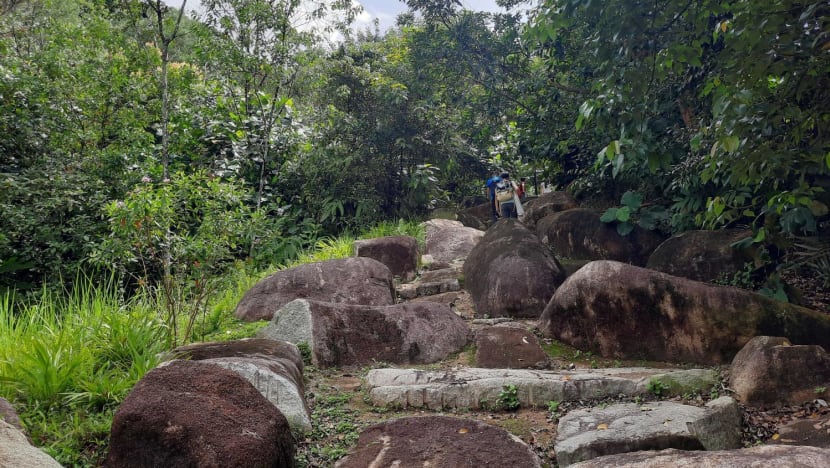
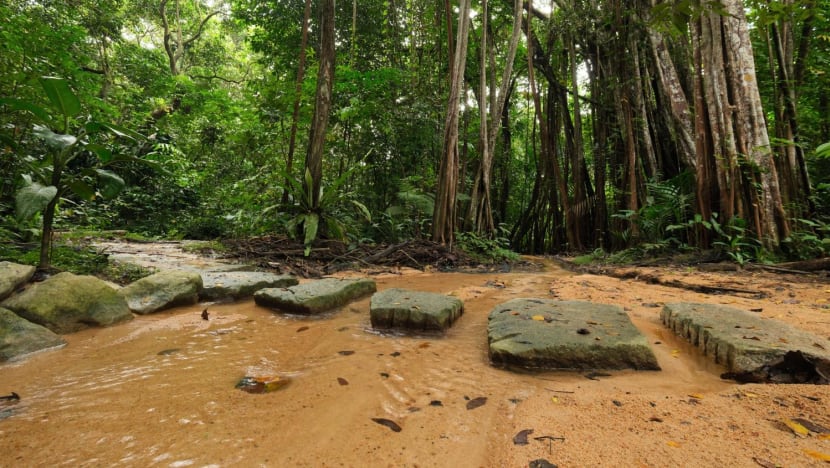
From the quarry wetland, visitors can climb steps to the Colugo Deck, via a trail also named after the animal native to Southeast Asia.
The deck is 31m above the wetland and one of the tallest vantage points in Singapore's nature parks.
